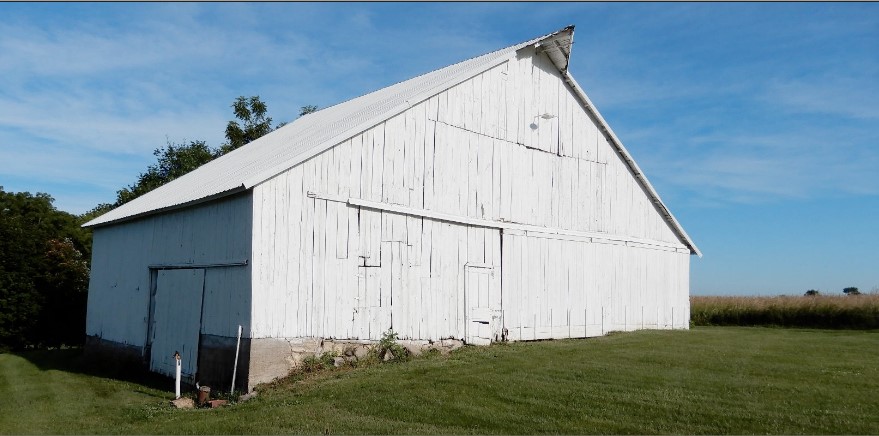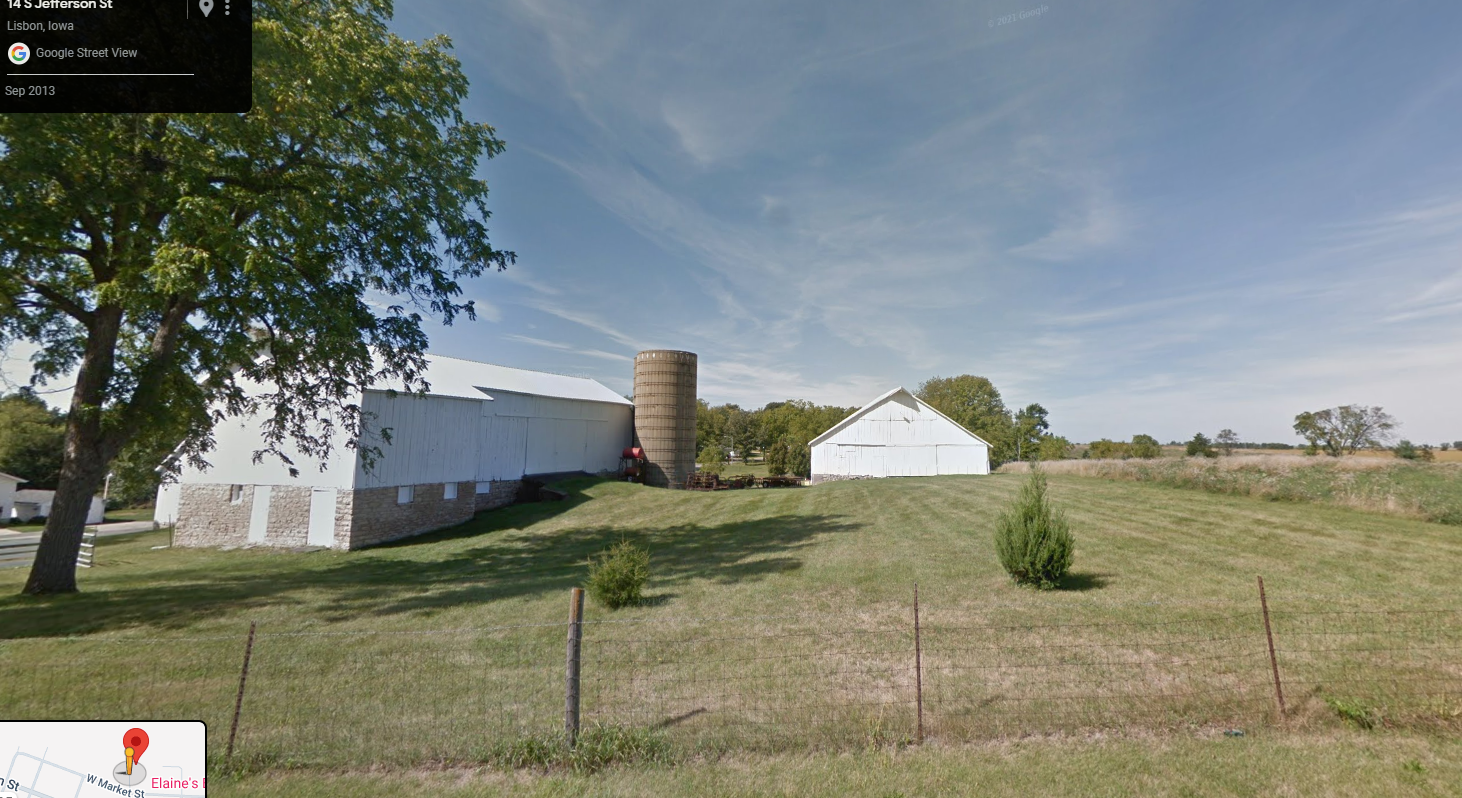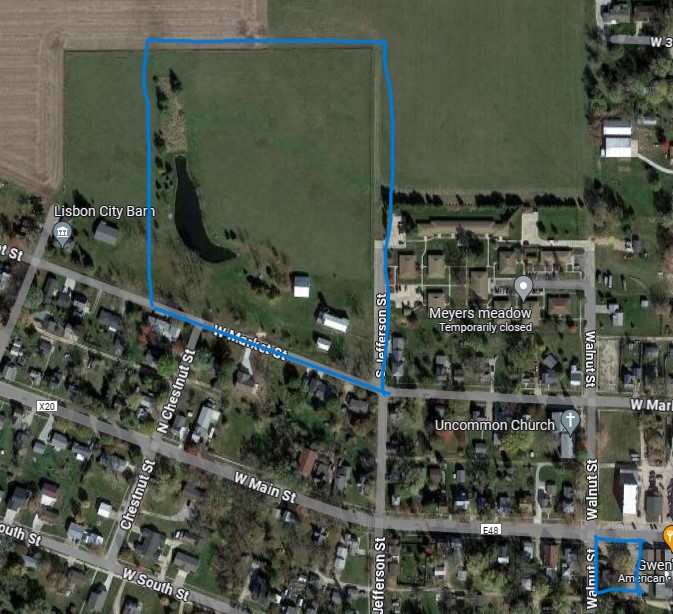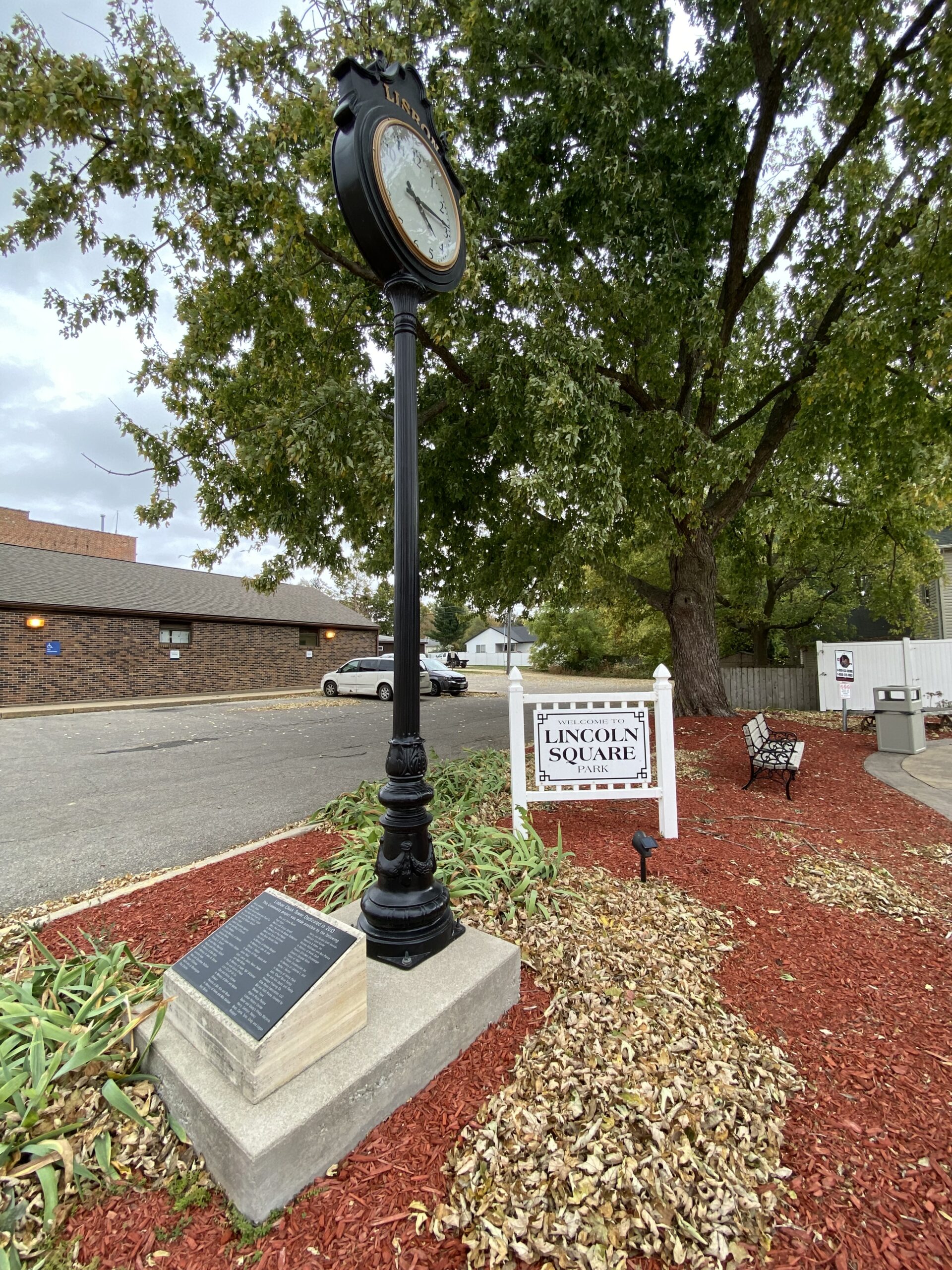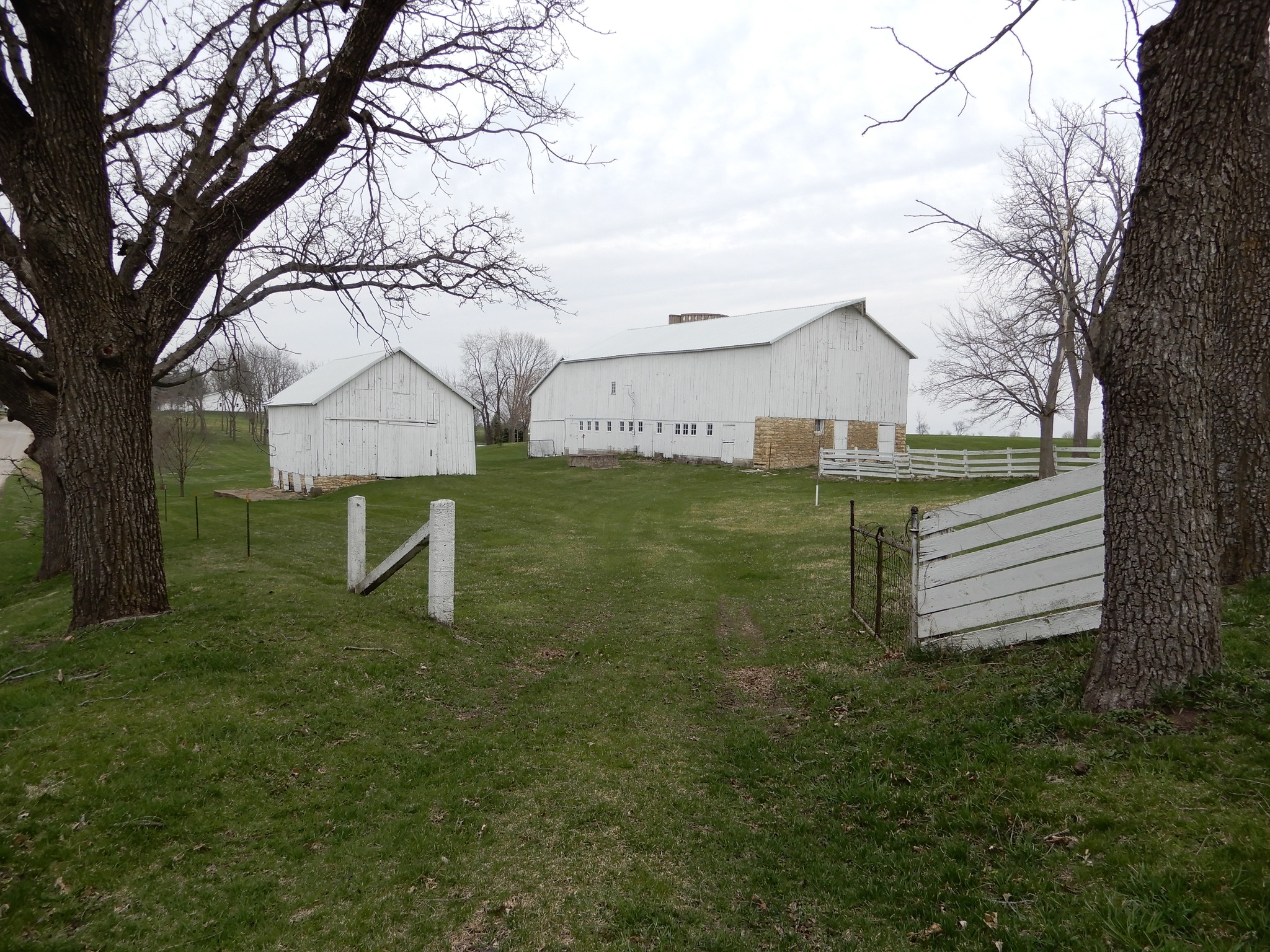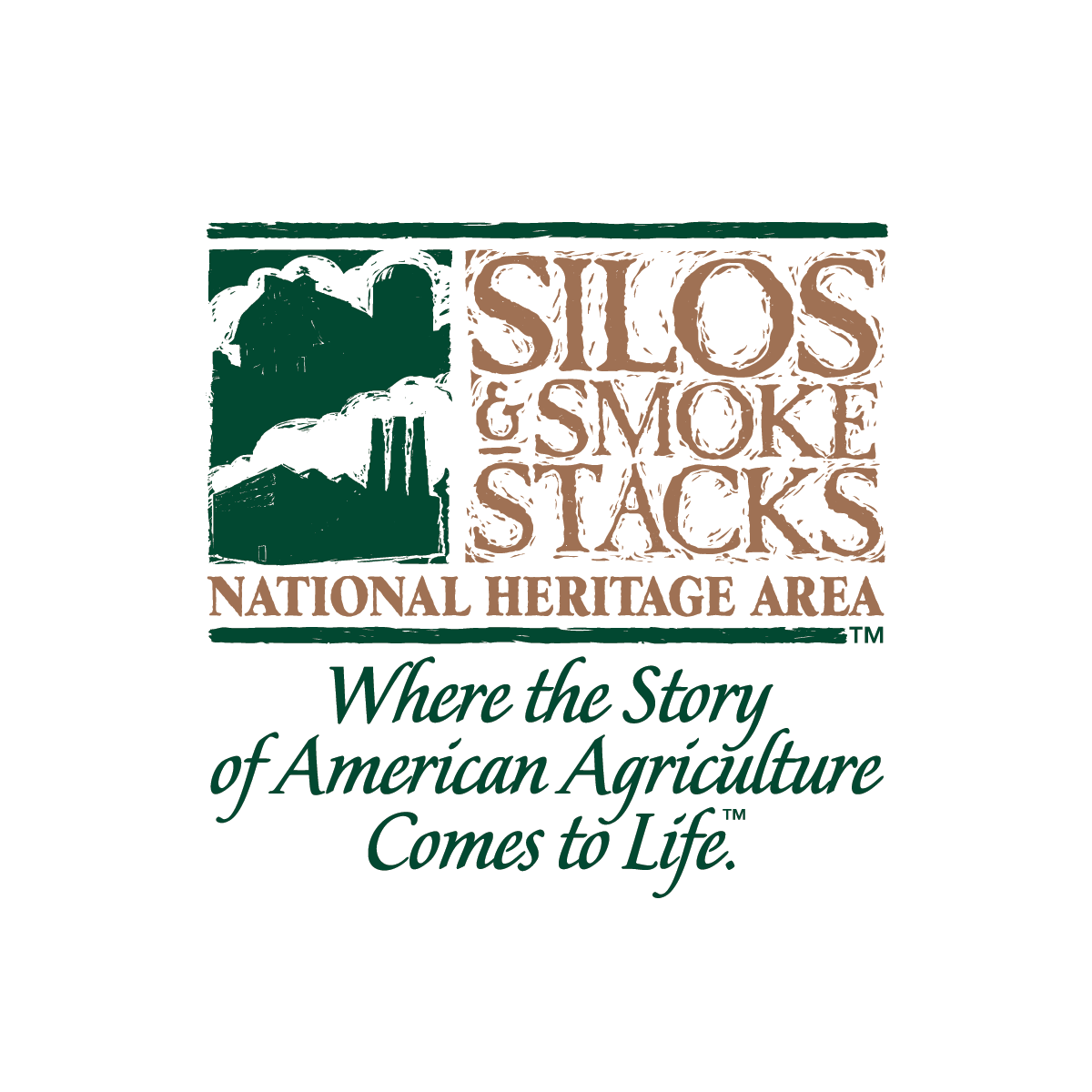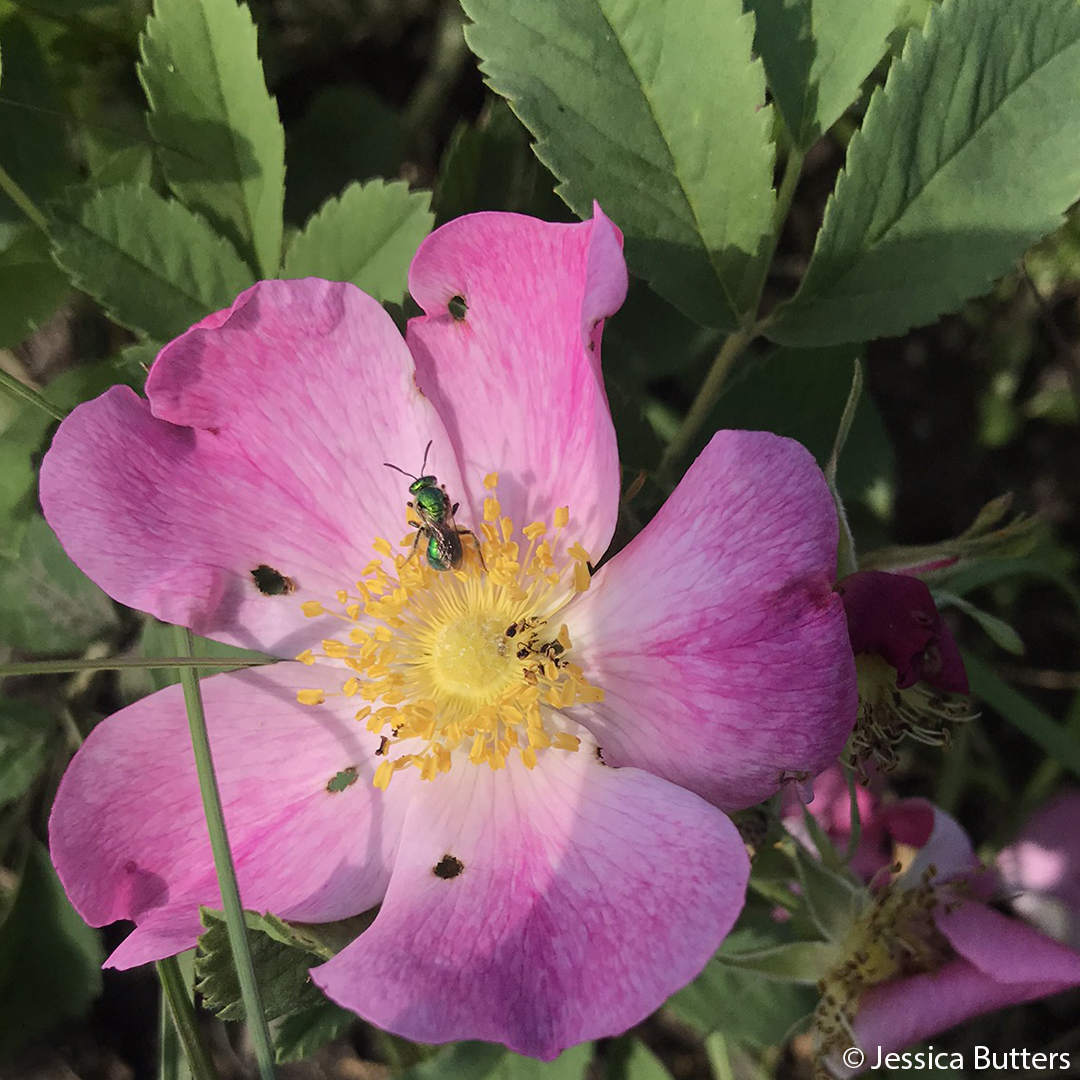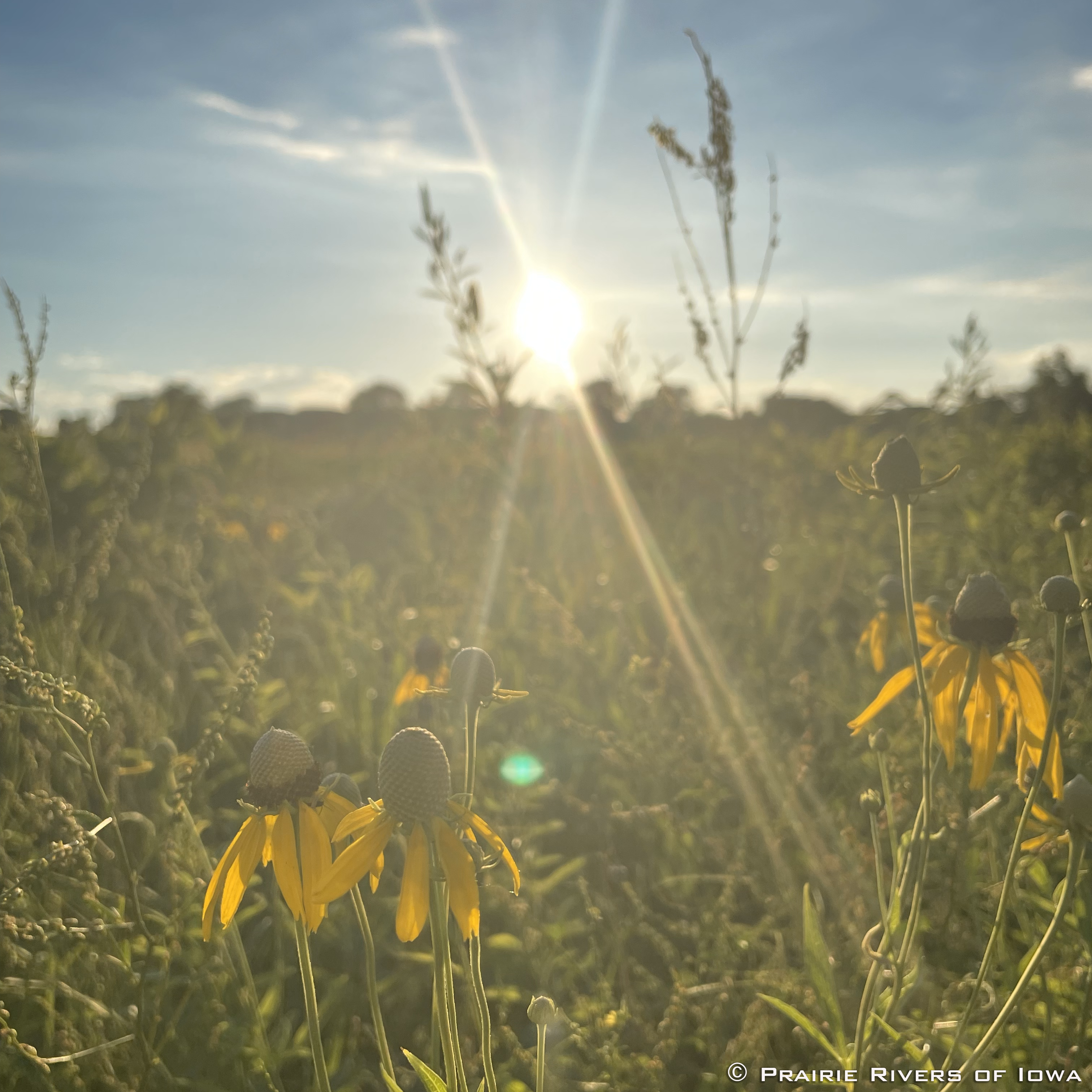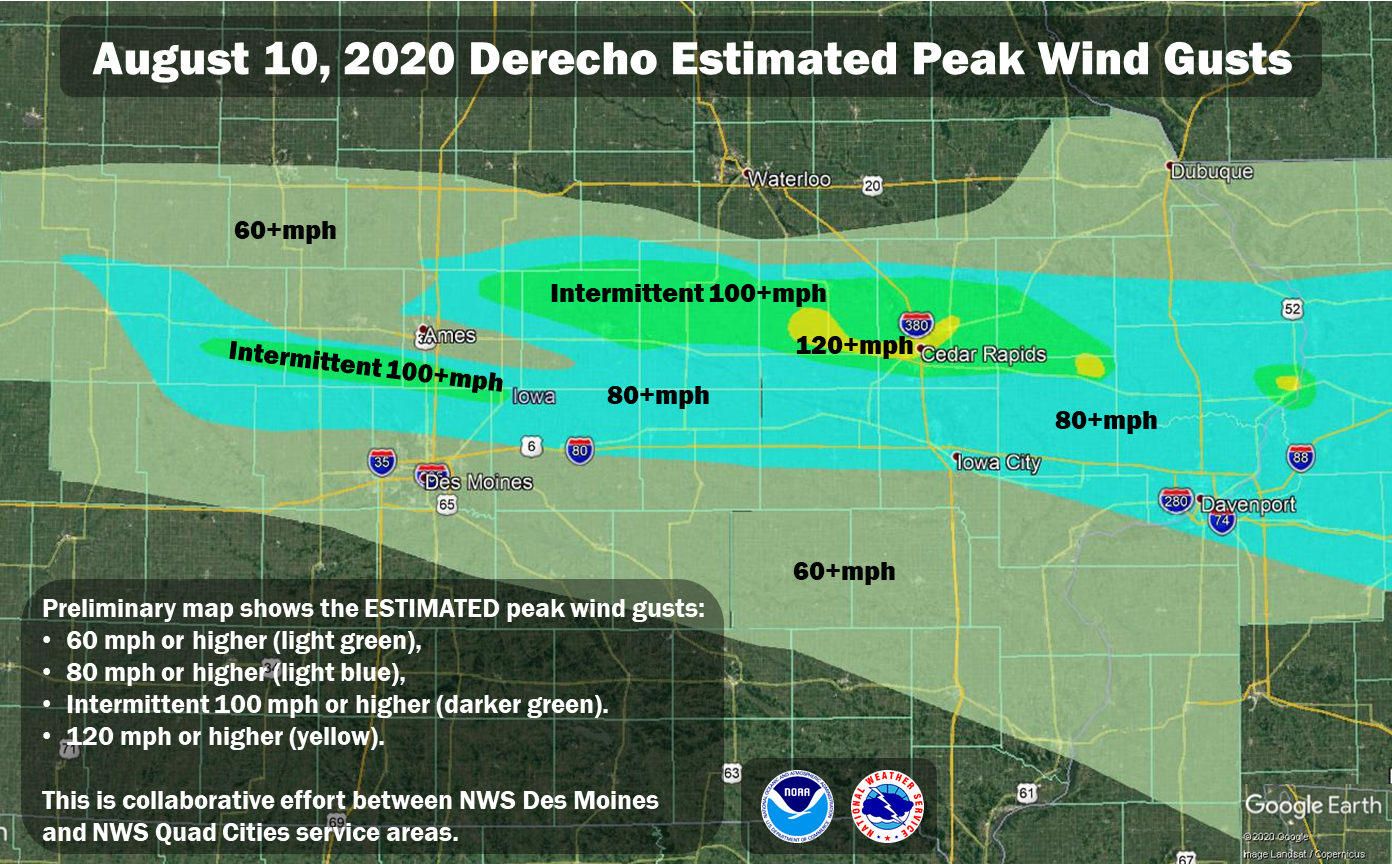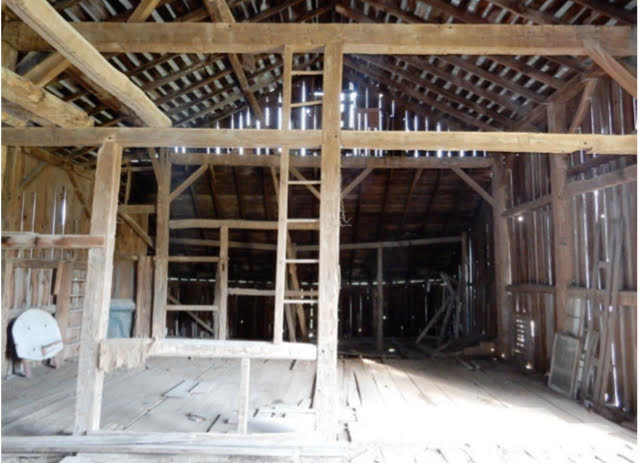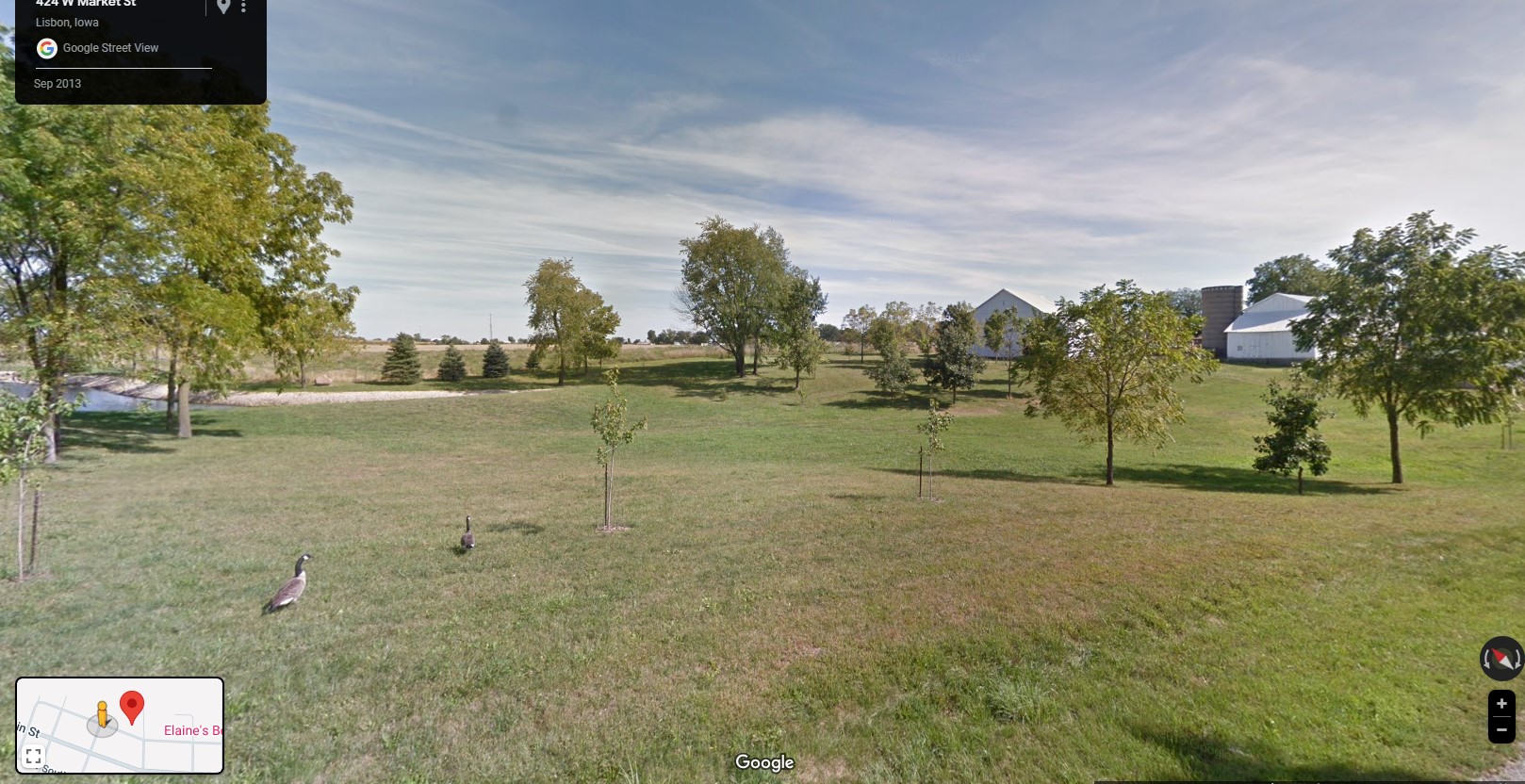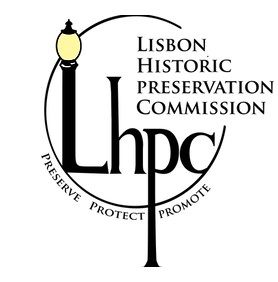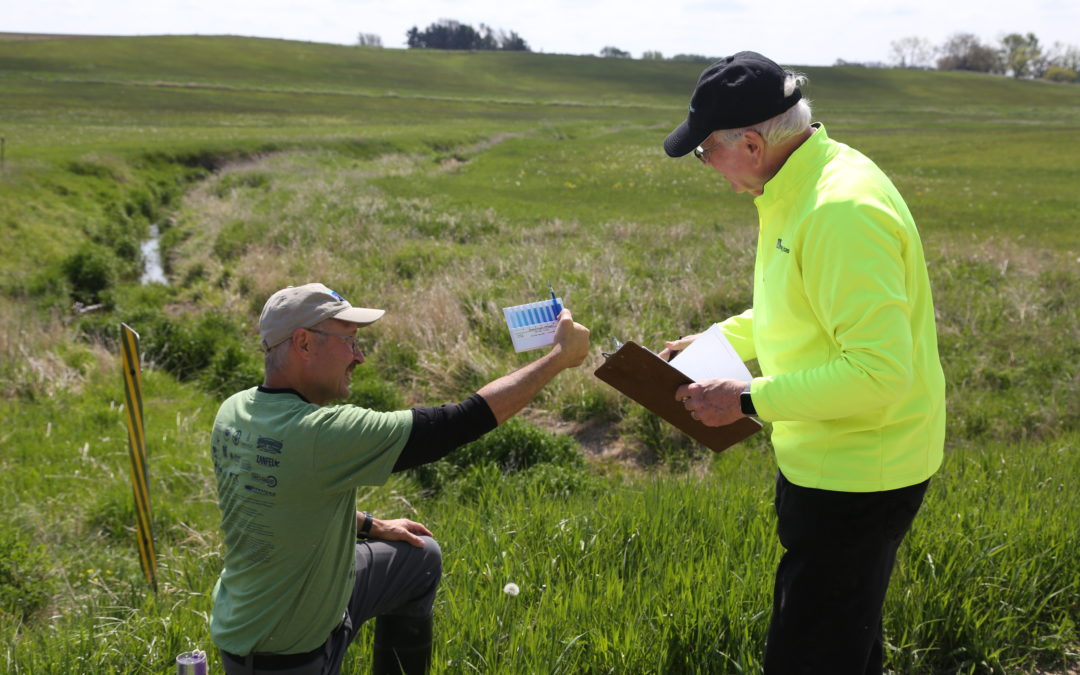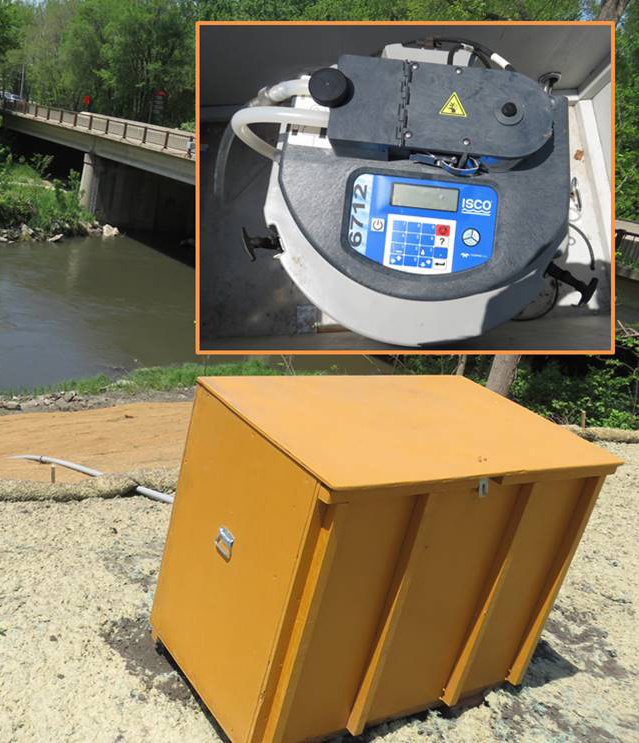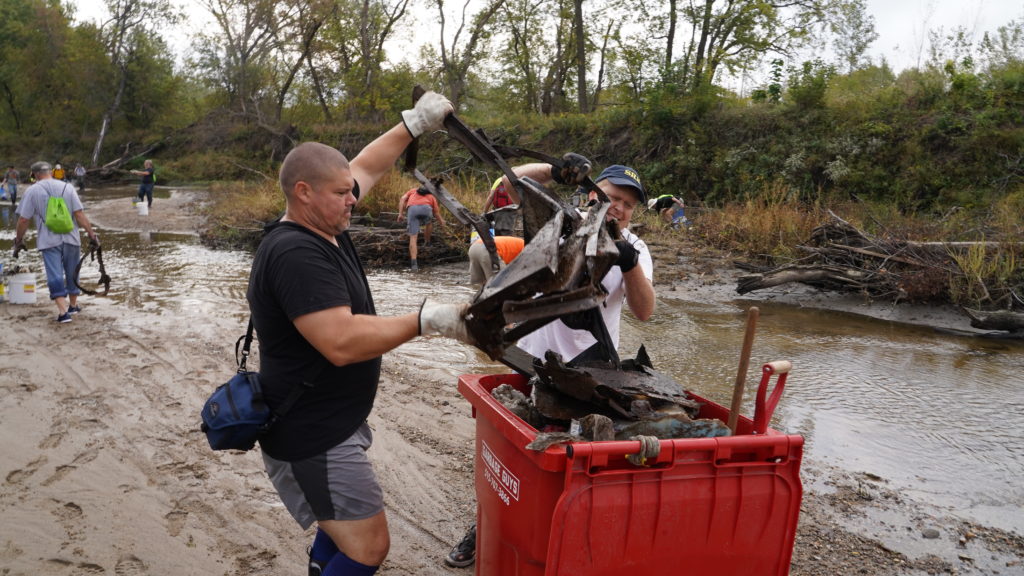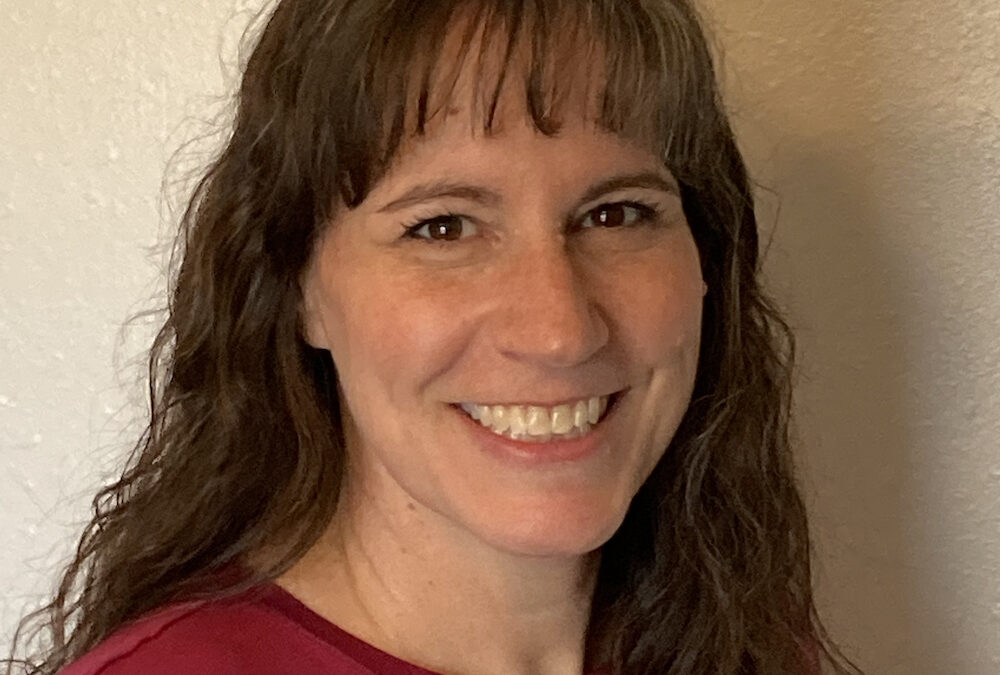
Prairie Rivers of Iowa Welcomes Tina VanDyk as New Business Manager and Development Director
Prairie Rivers of Iowa is excited to announce that Tina VanDyk has joined the organization as its new Business Manager and Development Director. In this role, she will oversee fundraising, donor relations, grant development, and operational management, contributing to Prairie Rivers of Iowa’s mission to conserve and restore Iowa’s natural, cultural, and historical resources.
Tina holds a Bachelor of Science in Biochemistry and Molecular Biology from the University of Massachusetts and brings experience in nonprofit leadership, strategy, and fundraising. Before joining Prairie Rivers of Iowa, she served as the Business Manager and Development Coordinator at Story Theater Company in Ames, where she also contributed as a long-standing member of the executive board.
VanDyk is eager to expand Prairie Rivers of Iowa’s current partnerships while fostering new relationships to further the organization’s mission. “I am excited to be part of Prairie Rivers of Iowa and to support its meaningful work in conservation and community development,” she said. “I look forward to building on the organization’s strong foundation and helping to ensure its continued impact.”
Rick Dietz, Board Vice-President, shared: “The team at Prairie Rivers of Iowa is equally enthusiastic about Tina’s arrival, and the Board is thrilled to welcome her to our staff of dedicated professionals. Tina will bring a new perspective to the organization, in addition to her skills and expertise in managing a non-profit. We’re all excited for our future!”
Originally from New England, Tina appreciates the beauty of the big sky and open spaces of Iowa. In her free time, she enjoys historical fiction, a good cup of black coffee, and spending time with her larger-than-average family.


